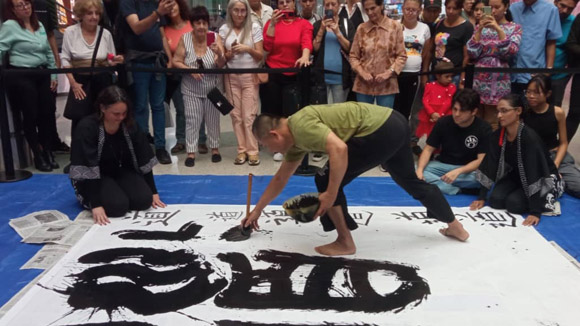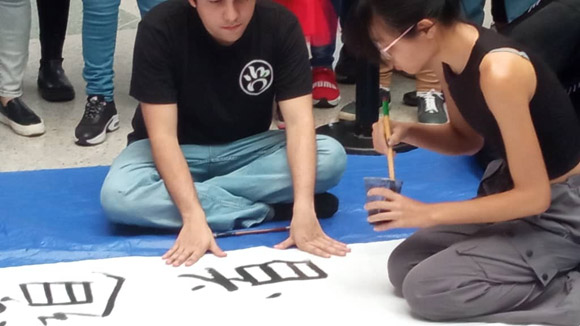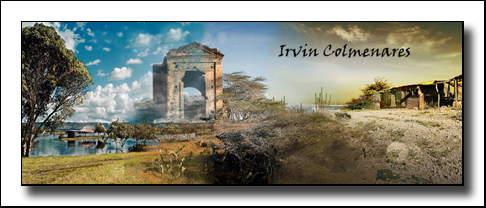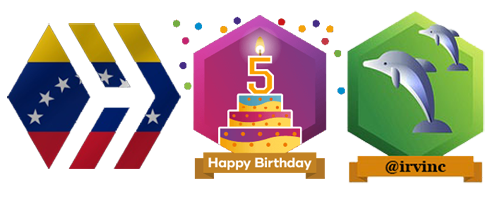
Hace poco se celebró el día de Japón en un prestigioso centro comercial de Maracay. Hubo exposiciones de artes marciales, de Anime, Bonsay y otros aspectos relacionados con esa admirada cultura milenaria.
Mi esposa y yo asistimos motivados por la presencia de un maestro de caligrafía japonesa, quien junto a un grupo de participantes del club Nagare, con sede en Maracay, hicieron una demostración de esta forma de escritura que para muchos es considerada un verdadero arte.
De forma breve el Maestro Calígrafo nos puso en contexto. El agregado cultural de la embajada sirvió de traductor al español. De esa manera nos informaron que en sus orígenes las primeras formas de la escritura japonesa llegaron a través de China.

En ese primer momento la escritura era completamente ideográfica, tal como lo era en China. Los trazos se componían de tal modo que expresaban una idea completa, la complejidad de ese tipo de escritura la hacía poco accesible para las mayorías y se practicaba en círculos muy selectos.
Con el correr del tiempo esta escritura ideográfica evolucionó e incorporó caracteres fonéticos, que cumplen una función parecida a las letras de nuestro alfabeto Occidental. Esta modificación hizo que la escritura se hiciera más accesible para un mayor número de personas.
Para la demostración se utilizó un gran lienzo de tela de lino, pinceles de bambú de diferente grosor y tinta china.
El Maestro explicó que la composición se haría en tres columnas. En los extremos los estudiantes del Club Nagare y algunas personas de la comunidad japonesa local, escribirían los mismos caracteres. Luego el Maestro escribiría un gran ideograma en el centro.

El tema a representar estuvo inspirado en los Kamikazes, jóvenes pilotos que durante la segunda guerra mundial hicieron actos suicidas estrellando sus aviones contra objetivos militares.
El Maestro explicó que no se trataba de hacer una apología bélica, sino tomar ese hecho para ilustrar la idea de camino. En aquel momento esos pilotos siguieron su camino, el que es distinto para cada persona. También se quiso representar en la obra el encuentro que se estaba dando ese día entre Venezuela y Japón.
La actividad fue muy relajante, todas las personas que participaban en la obra hacían su trabajo con gran concentración y lograban transmitir esa inmensa sensación de paz que seguramente estaban sintiendo. Es mágico cuando las personas logran conectarse en un objetivo común.
En la cultura budista se combina perfectamente la meditación con la laboriosidad y belleza de dibujar-escribir esos trazos. Es muy fácil caer en profundos estados de concentración mientras se dibuja una palabra.
En cierto modo la práctica sistemática de este tipo de escritura puede tener los mismos beneficios terapéuticos que se obtienen con otras técnicas de mindfulnes, ya que logra calmar la mente y elevar la energía de nuestro cuerpo.

Recuerdo que uno de mis maestros de Yoga solía incorporar ejercicios de Chi Kung, una práctica muy parecida al Tai Chi, donde se incorporan movimientos muy lentos, de forma rítmica y poniendo especial cuidado a la respiración.
La novedad del estilo de Chi Kung que él proponía, era que los movimientos se hacían sobre la base de ideogramas chinos. Tomábamos un ideograma que podía significar, por ejemplo, equilibrio, y se hacían los movimientos en el mismo sentido que tenían los trazos del ideograma, imaginando que se estaba dibujando cada trazo con líneas de luz.
Es impresionante el estado de relajación y calma mental y espiritual que se puede lograr haciendo este tipo de ejercicios. Y lo mejor es que cualquiera los puede hacer, no se necesita ninguna preparación previa, solo buscar en internet algún carácter chino como puede ser cielo, equilibrio, hombre, mujer… Y ponerse a dibujar esos trazos en el aire, con la mano extendida, moviéndose muy lentamente.
En este caso el ideograma que dibujamos en el aire no se lo podremos mostrar a nadie, pero eso es lo de menos, seguramente que quedará impreso en algún lugar de nuestro Ser. Traten de hacerlo y verán que se sentirán muy bien.
Gracias por tu tiempo.


Japan Day was recently celebrated in a prestigious shopping mall in Maracay. There were exhibitions of martial arts, Anime, Bonsay and other aspects related to that admired millenary culture.
My wife and I attended motivated by the presence of a Japanese calligraphy master, who together with a group of participants of the Nagare club, based in Maracay, gave a demonstration of this form of writing that for many is considered a true art.
Briefly, the Master Calligrapher put us in context. The cultural attaché of the embassy served as translator into Spanish. In this way we were informed that the first forms of Japanese writing came from China.
At that time the writing was completely ideographic, just as it was in China. The strokes were composed in such a way that they expressed a complete idea, the complexity of this type of writing made it inaccessible to the majority and it was practiced in very select circles.

As time went by, this ideographic writing evolved and incorporated phonetic characters, which fulfill a function similar to the letters of our Western alphabet. This modification made the script more accessible to a larger number of people.
For the demonstration, a large linen cloth canvas, bamboo brushes of different thicknesses and Chinese ink were used.
The Master explained that the composition would be done in three columns. At the ends students from the Nagare Club and some people from the local Japanese community would write the same characters. Then the Master would write a large ideogram in the center.
The theme to be depicted was inspired by the Kamikazes, young pilots who during World War II performed suicidal acts by crashing their planes into military targets.
The Master explained that the idea was not to make a war apology, but to take that fact to illustrate the idea of the way. At that time, those pilots followed their own path, which is different for each person. We also wanted to represent in the play the encounter that was taking place that day between Venezuela and Japan.
The activity was very relaxing, all the people who participated in the play did their work with great concentration and managed to transmit that immense sense of peace that they were surely feeling. It is magical when people manage to connect in a common goal.
In Buddhist culture, meditation is perfectly combined with the laboriousness and beauty of drawing-writing those strokes. It is very easy to fall into deep states of concentration while drawing a word.
In a way, the systematic practice of this type of writing can have the same therapeutic benefits that are obtained with other mindfulness techniques, as it calms the mind and raises the energy of our body.

I remember that one of my Yoga teachers used to incorporate Chi Kung exercises, a practice very similar to Tai Chi, where very slow movements are incorporated, in a rhythmic way and paying special attention to breathing.
The novelty of the Chi Kung style he proposed was that the movements were based on Chinese ideograms. We took an ideogram that could mean, for example, balance, and the movements were made in the same direction as the strokes of the ideogram, imagining that each stroke was being drawn with lines of light.
It is impressive the state of relaxation and mental and spiritual calm that can be achieved by doing this type of exercises. And the best thing is that anyone can do them, no previous preparation is needed, just search on the internet some Chinese character such as sky, balance, man, woman... And start drawing those strokes in the air, with your hand outstretched, moving very slowly.

In this case the ideogram that we draw in the air we will not be able to show it to anyone, but that is the least of it, surely it will be printed somewhere in our Being. Try to do it and you will see that you will feel very good.
Thank you for your time.
Translated with DeepL.com (free version)








Comunidad Be Entrepreneur

How wonderful this celebrating Japan in my Maracay. I never hear about these events, and if I do I'm usually busy anyway 😭 loved that the adventure focused on the kamikase theme, it's very representative and I appreciate that you took these images to accompany the detailed reading of what was experienced there. good job my brother!!!.
I have picked this post on behalf of the @OurPick project! Check out our Reading Suggestions posts!
Please consider voting for our Liotes HIVE Witness. Thank you!
Me gustaría participar en un curso de escritura.
Estuve hace años en un curso de dibujo japonés y quedé encantado con los trazos del pincel y la tinta china; de hecho, aún pinto con tinta china con una técnica mixta.
Muchas gracias @irvinc
Hoy domingo sale mi columna de 7mo. Día.
Sé que estarás pendiente.
Un fuerte abrazo.
Interesante actividad amigo @irvinc